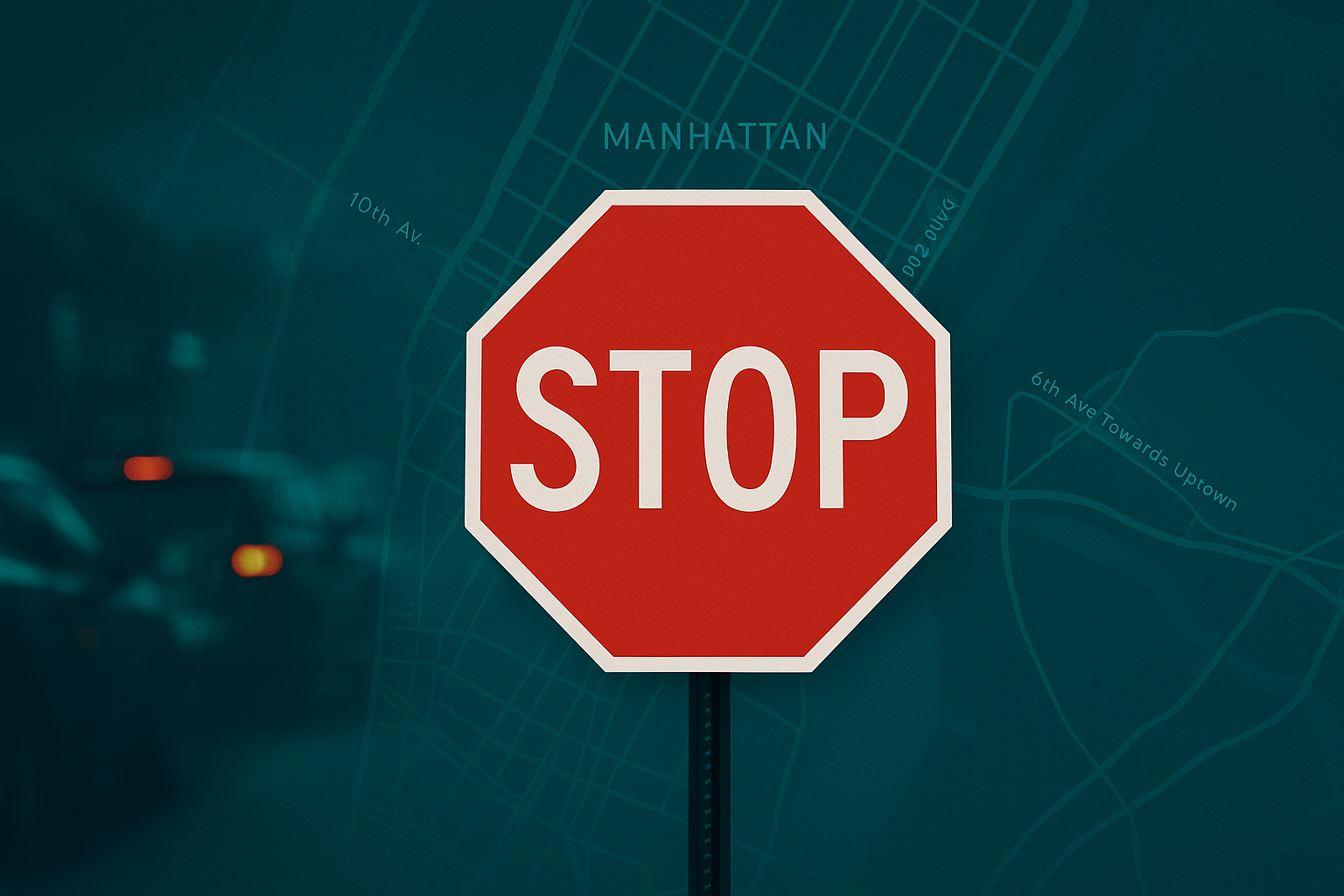Manhattan’s congestion pricing program, introduced in January, is already reshaping traffic patterns in the city. Officials report that since its implementation, vehicle entries into the borough have declined by an estimated 17.6 million compared with previous years, resulting in smoother traffic flow and fewer accidents on city streets.
The policy, which charges most vehicles a fee to enter Manhattan’s central business district during peak hours, was designed to achieve two main objectives: easing long-standing traffic congestion and raising revenue to improve public transportation. Early data indicates progress on both fronts, with reduced delays and safer road conditions recorded in several key corridors.
Beyond mobility, transportation analysts highlight the environmental benefits. With fewer cars on the road, emissions have dropped, improving air quality and offering potential long-term health gains for residents, particularly in areas historically affected by high pollution levels.
The program has generated both praise and criticism. Supporters see it as a necessary step toward a more sustainable and efficient urban transit system, while critics—including some commuters and small business owners—argue that the additional costs strain workers and local enterprises.
Despite the debate, officials emphasize that the program is still in its early stages, with continuous monitoring underway. Other U.S. cities grappling with congestion and pollution are closely watching New York’s results, viewing the initiative as a possible blueprint for addressing urban traffic challenges nationwide.



